Regarding my previous question I'm interested is the error between consecutive step sizes of this DAC. I need to know DNL and INL of this DAC.
I searched for keywords for INL and DNL in the datasheet but couldn't find any such specs. Does the datasheet include any specs which is at least gives an idea about DNL and INL?
